本文实例为大家分享了python Opencv基于透视变换的图像矫正,供大家参考,具体内容如下
一、自动获取图像顶点变换(获取图像轮廓顶点矫正)
图像旋转校正思路如下
1、以灰度图读入
2、腐蚀膨胀,闭合等操作3、二值化图像4、获取图像顶点5、透视矫正#(基于透视的图像矫正)
import cv2
import math
import numpy as np
def Img_Outline(input_dir):
original_img = cv2.imread(input_dir)
gray_img = cv2.cvtColor(original_img, cv2.COLOR_BGR2GRAY)
blurred = cv2.GaussianBlur(gray_img, (9, 9), 0) # 高斯模糊去噪(设定卷积核大小影响效果)
_, RedThresh = cv2.threshold(blurred, 165, 255, cv2.THRESH_BINARY) # 设定阈RYVHVJUDME值165(阈值影响开闭运算效果)
kernel = cv2.getStructuringElement(cv2.MORPH_RECT, (5, 5)) # 定义矩形结构元素
closed = cv2.morphologyEx(RedThresh, cv2.MORPH_CLOSE, kernel) # 闭运算(链接块)
opened = cv2.morphologyEx(closed, cv2.MORPH_OPEN, kernel) # 开运算(去噪点)
return original_img, gray_img, RedThresh, closed, opened
def findContours_img(original_img, opened):
image, contours, hierarchy = cv2.findContours(opened, cv2.RETR_LIST, cv2.CHAIN_APPROX_SIMPLE)
c = sorted(contours, key=cv2.contourArea, reverse=True)[1] # 计算最大轮廓的旋转包围盒
rect = cv2.minAreaRect(c) # 获取包围盒(中心点,宽高,旋转角度)
box = np.int0(cv2.boxPoints(rect)) # box
draw_img = cv2.drawContours(original_img.copy(), [box], -1, (0, 0, 255), 3)
print("box[0]:", box[0])
print("box[1]:", box[1])
print("box[2]:", box[2])
print("box[3]:", box[3])
return box,draw_img
def Perspective_transform(box,original_img):
# 获取画框宽高(x=orignal_W,y=orignal_H)
orignal_W = math.ceil(np.sqrt((box[3][1] - box[2][1])**2 + (box[3][0] - box[2][0])**2))
orignal_H= math.ceil(np.sqrt((box[3][1] - box[0][1])**2 + (box[3][0] - box[0][0])**2))
# 原图中的四个顶点,与变换矩阵
pts1 = np.float32([box[0], box[1], box[2], box[3]])
pts2 = np.float32([[int(orignal_W+1),int(orignal_H+1)], [0, int(orignal_H+1)], [0, 0], [int(orignal_W+1), 0]])
# 生成透视变换矩阵;进行透视变换
M = cv2.getPerspectiveTransform(pts1, pts2)
result_img = cv2.warpPerspective(original_img, M, (int(orignal_W+3),int(orignal_H+1)))
return result_img
if __name__=="__main__":
inpu编程客栈t_dir = "../staticimg/oldimg_04.jpg"
original_img, gray_img, RedThresh, closed, opened = Img_Outline(input_dir)
box, draw_img = findContours_img(original_img,opened)
result_img = Perspective_transform(box,original_img)
cv2.imshow("original", original_img)
cv2.imshow("gray", gray_img)
cv2.imshow("closed", cwww.cppcns.comlosed)
cv2.imshow("opened", opened)
cv2.imshow("draw_img", draw_img)
cv2.imshow("result_img", result_img)
cv2.waitKey(0)
cv2.destroyAllWindows()
直接变换
1、获取图像四个顶点
2、形成变换矩阵3、透视变换import cv2
import numpy as np
import matplotlib.pyplot as plt
img = cv2.imread('original_img.jpg')
H_rows, W_cols= img.shape[:2]
print(H_rows, W_cols)
# 原图中书本的四个角点(左上、右上、左下、右下),与变换后矩阵位置
pts1 = np.float32([[161, 80], [449, 12], [1, 430], [480, 394]])
pts2 = np.float32([[0, 0],[W_cols,0],[0, H_rows],[H_rows,W_cols],])
# 生成透视变换矩阵;进行透视变换
M = cv2.getPerspectiveTransform(pts1, pts2)
dst = cv2.warpPerspective(img, M, (500,470))
"""
注释代码同效
# img[:, :, ::-1]是将BGR转化为RGB
# plt.subplot(121), plt.imshow(img[:, :, ::-1]), plt.title('input')
# plt.subplot(122), plt.imshow(dst[:, :, ::-1]), plt.title('output')
# plt.show
"""
cv2.imshow("original_img",img)
cv2.imshow("result",dst)
cv2.waitKey(0)
cv2.destroyAllWindows()
两次透视变换
def get_warp_perspective(img, width,编程客栈 height, array_points, array_points_get, array_points_warp):
middle_len = 268
# rows, cols = img.shape[:2]
# D_value1 = (middle_len - array_points_get[0][1])*2+((middle_len - array_points_get[0][1])//3)
# D_value2 = (middle_len - array_points_get[1][1])*2+((middle_len - array_points_get[1][1])//3)
D_value1 = 0
D_value2 = 0
# 原图中的四个角点
# pts1 = np.float32([[0, 249],[512, 253],[0, 512], [512, 512]])#重要的测试1和2
pts1 = np.float32(array_points_get)#重要的测试1和2
# pts2 = np.float32([[0, middle_len], [width, middle_len], [0, height], [width, height]])#重要的测试1和2
# pts2 = np.float32([[0, middle_len],[0, height] , [width, height],[width, middle_len]])#重要的测试1和2
pts2 = np.float32([[0, 0],[0, middle_len] , [width, middle_len],[width, 0]])#重要的测试1和2
# 生成透视变换矩阵
M = cv2.getPerspectiveTransform(pts1, pts2)
# 进行透视变换
dst = cv2.warpPerspective(img, M, (width, height))
# # 保存图片,仅用于测试
img_path = './cut_labels/cut_image_one.jpg'
cv2.imwrite(img_path, dst)
return warp_perspective(dst, width, height,array_points,array_points_warp,middle_len, D_value1, D_value2)
def warp_perspective(dst, width, height,array_points,array_points_warp,middle_len, D_value1, D_value2):
# new_img_path = img_path
# img = cv2.imread(new_img_path)
# 原图的保存地址
# rows, cols = img.shape[:2]
# 原图中的四个角点
# pts3 = np.float32([[0, 268]www.cppcns.com, [0, 44], [512,35], [512, 268]])#重要测试1
# pts3 = np.float32([[0, middle_len], [0, D_value1], [512,D_value2], [512, middle_len]])#重要测试1
pts3 = np.float32([[0, 0], [0, height], [width, height], [width, 0]])
# pts3 = np.float32([[0, middle_len], [0, D_value1], [512,D_value2], [512, middle_len]])#重要测试1
# pts3 = np.float32([[0, 512], [0, array_points[1][1]], [512,512], [512, middle_len]])#重要测试1
# 变换后的四个角点
pts4 = np.float32([[0, 0], [0, height-D_value1], [width, height-D_value2], [width, 0]])#重要测试1
# pts4 = np.float32([[0, 268], [0, 0], [512, 0], [512, 268]])#重要测试1
# 生成透视变换矩阵
M = cv2.getPerspectiveTransform(pts3, pts4)
# 进行透视变换
dst_img = cv2.warpPerspective(dst, M, (width, height))
# #保存最终图片,仅用于测试
print("++++++++++++++++")
final_img_path = './cut_labels/cut_image_two.jpg'
cv2.imwrite(final_img_path, dst_img)
# 进行透视变换
return cv2.warpPerspective(dst_img, M, (width, height))
# return output_warp_perspective(img, width, height, array_points, array_points_get, array_points_warp)
if __name__ == "__main__":
# 透视转换
img = cv2.imread('../staticimg/oldimg_04.jpg')
dst = get_warp_perspective(img, 512, 512, array_points=[[395.2, 75.0], [342, 517], [1000, 502], [900, 75]])
cv2.imwrite('aaa2.jpg', dst)
cv2.imshow('title', dst)
cv2.waitKey(0)
imgrectificate = imgRectificate(img, width, height, array_points)
imgrectificate.warp_perspective()
以上就是本文的全部内容,希望对大家的学习有所帮助,也希望大家多多支持我们。

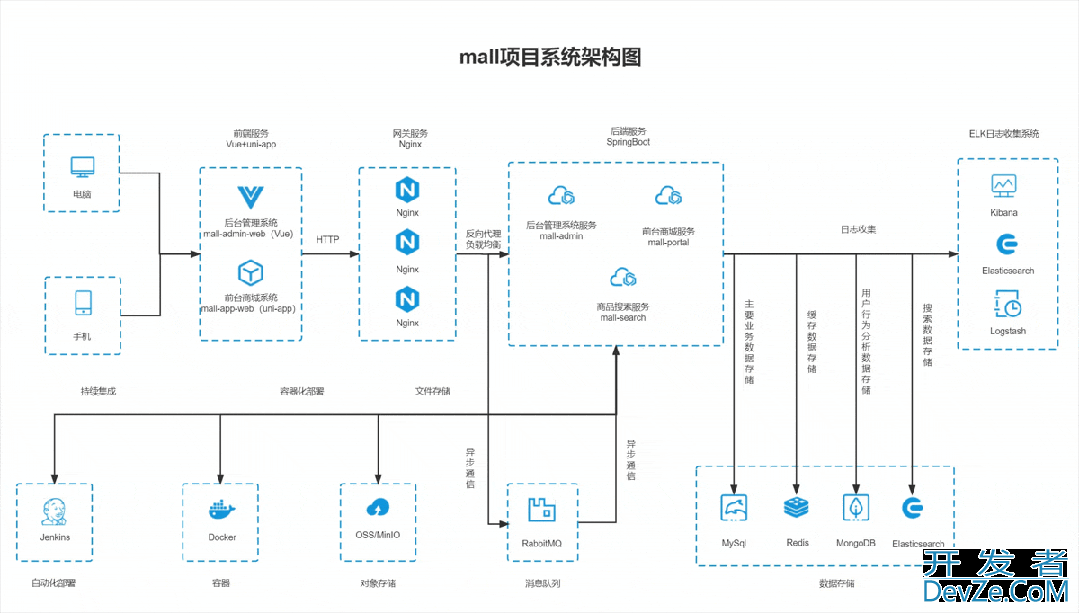


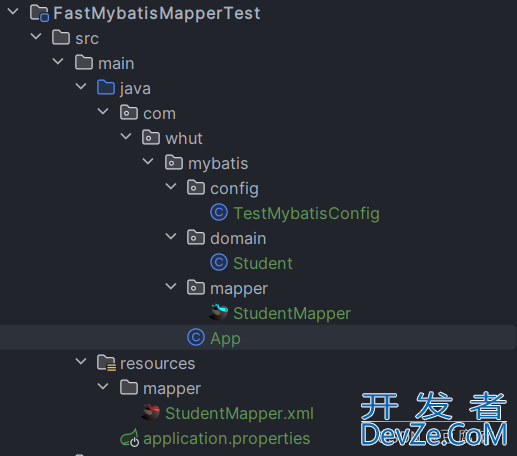
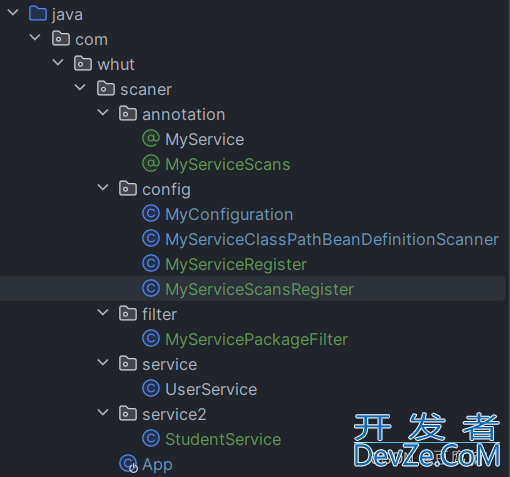
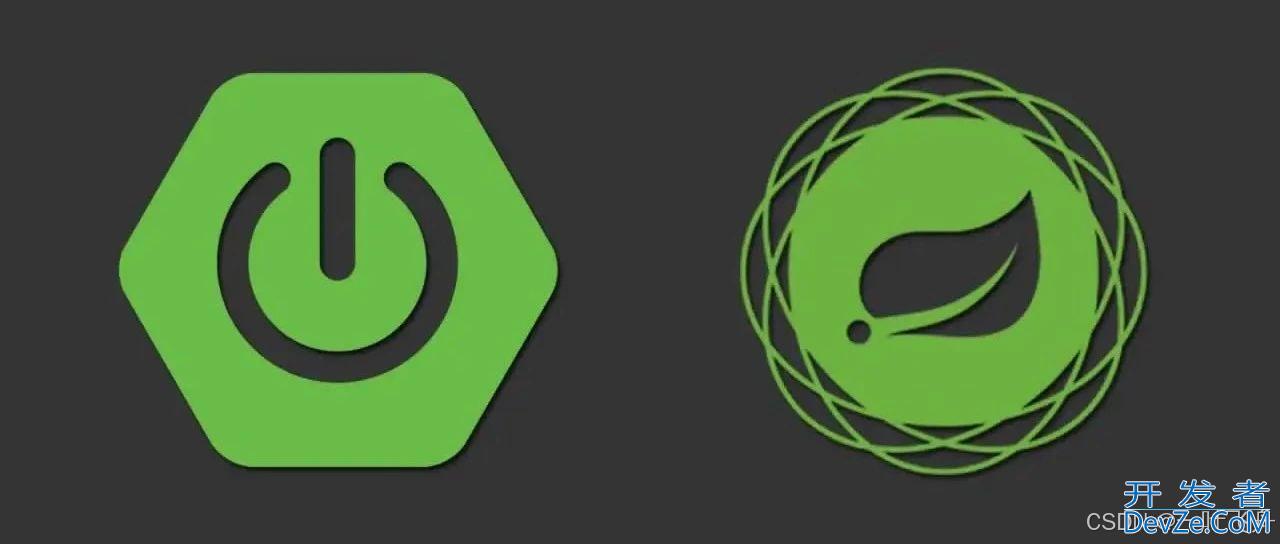
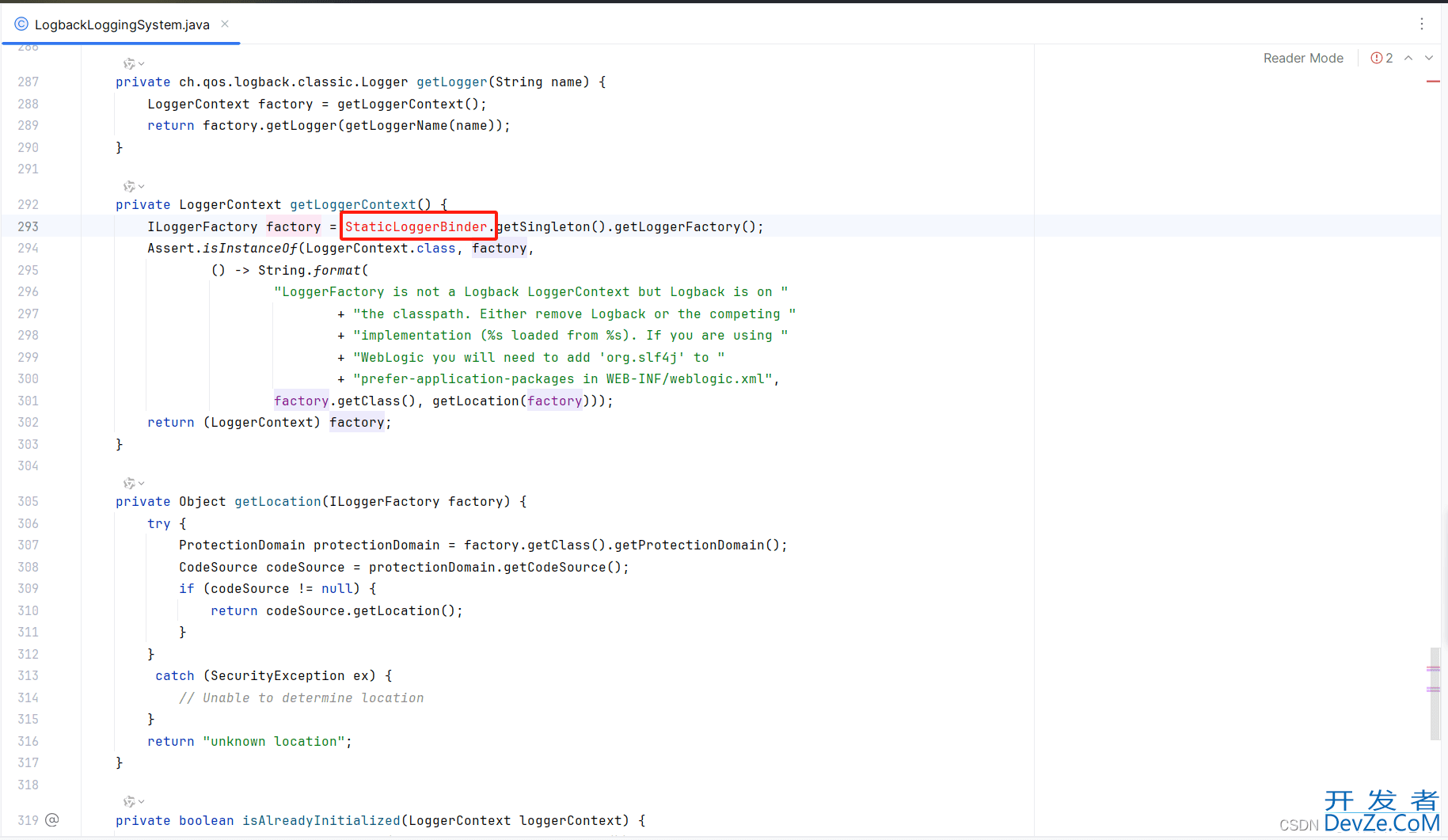

 加载中,请稍侯......
加载中,请稍侯......
精彩评论